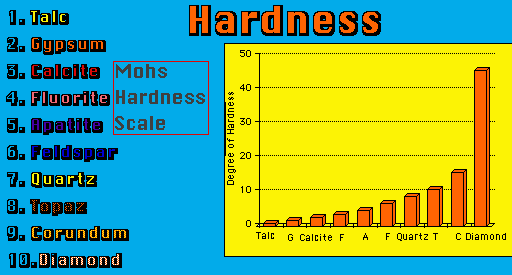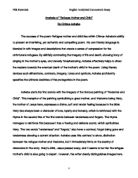How to Raise a Number to a Power in Python.
Definition and Usage. The pow() function returns the value of x to the power of y (x y ). If a third parameter is present, it returns x to the power of y, modulus z.
Write a Python Program to find Power of a Number For Loop, While Loop, and pow function with an example. This Python program allows the user to enter any numerical value, exponent. Next, this Python program finds the power of a number using For Loop. This Python power of a number program is the same as above, but this time, we are using While Loop.

Python number method pow() returns x to the power of y. If the third argument (z) is given, it returns x to the power of y modulus z, i.e. pow(x, y) % z. If the third argument (z) is given, it returns x to the power of y modulus z, i.e. pow(x, y) % z.

In the program below, we have used an anonymous (lambda) function inside the map () built-in function to find the powers of 2. The total terms are: 10 2 raised to power 0 is 1 2 raised to power 1 is 2 2 raised to power 2 is 4 2 raised to power 3 is 8 2 raised to power 4 is 16 2 raised to power 5 is 32 2 raised to power 6 is 64 2 raised to power.

Select the Python visual icon in the Visualizations pane. In the Enable script visuals dialog box that appears, select Enable. When you add a Python visual to a report, Power BI Desktop takes the following actions: A placeholder Python visual image appears on the report canvas. The Python script editor appears along the bottom of the center pane.

Write a Python program to print the square and cube symbol in the area of a rectangle and volume of a cylinder. There was a problem connecting to the server. Please check your connection and try running the trinket again. It looks like you haven't tried running your new code. Try clicking Run and if you like the result, try sharing again.

Microsoft recently integrated the Python programming language in the Power BI. Python is a powerful object-oriented language and is used by the data analyst and scientist to analyze complex datasets. We can now use the Python as a preview feature in the Power BI August 2018 release onwards.

The Power BI Query Editor supports execution of R and Python scripts to transform data. We need a few things in place before we can get started with the below exercises. First, we need to have SQL Server 2017 or higher installed on the development machine, with R and Python stack installed as part of SQL Server installation.

With our February update of Power BI, you can now share, publish and view Python visuals in your reports and dashboards. This update extends the support for Python in the Power BI Desktop to the Power BI service. This ability completes the support for Python in Power BI, enabling you to use Python scripts to prepare your dataset, apply sophisticated analytics or machine learning in the Power.

Python is finally supported in Power BI Desktop in August 2018 Updates (preview)! Many Power BI fans are excited about this new feature in Power BI Desktop. Let’s get started and try it out! This post is intended to be a Python starter in Power BI Desktop. Our goal is to set up and create “My First” Python visual in Power BI Desktop.
Whether it’s writing to a simple text file, reading a complicated server log, or even analyzing raw byte data, all of these situations require reading or writing a file. In this tutorial, you’ll learn: What makes up a file and why that’s important in Python; The basics of reading and writing files in Python.

In the short time I’ve been using Python, I’ve discovered that there are many principles that easily carry over from one language to another. For example, nearly all programming and “scripting” languages have constructs like if statements, loops, variables, functions, objects, etc. Understanding the basic foundation of code and how to write general code will give you a major leg up in.

Python is ideal for prototyping and rapid, iterative development. Its interactive interpreter tools provide environments where you can write and execute each line of code in isolation and see the results immediately. At the same time, Python is robust and performant, making it a viable choice also for core systems and larger applications.



